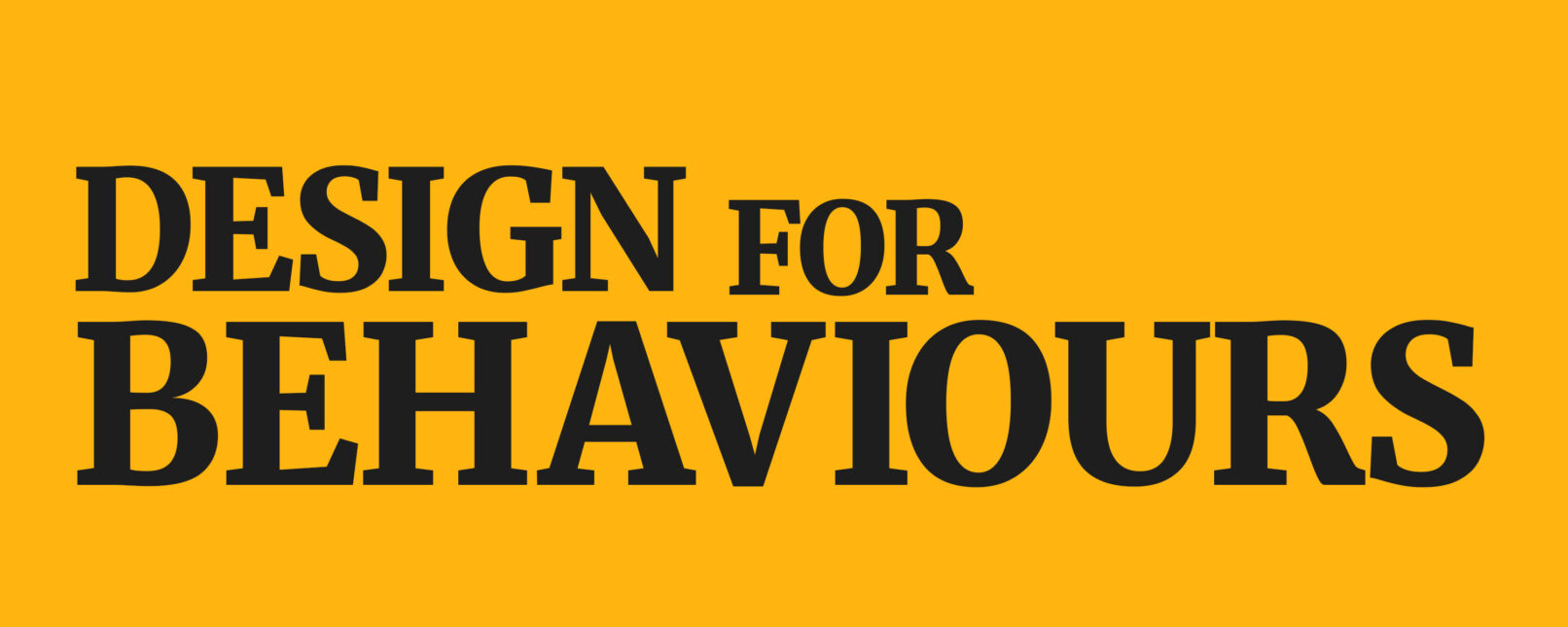Why we start with behaviour not story
Have you ever read a story, watched a video, or listened to a podcast, that has compelled you to take some form of action? You may have shared it with your friends, signed a petition, or even campaigned for change as a result. What was it about the story that made you do that?
This is something we think a lot about at Storythings.
Some stories are meant to be talked about and acted on, whilst others are merely designed to be enjoyed and nothing more. At Storythings, we help our partners tell the kinds of stories that people want to act on. We believe that what people do with stories is just as important as the story itself.
The stories that compel you to act often mean something to you and the people you care about. As a single audience member, a story told to you can impact the lives of many because you are what our friends at EA1 smartly refer to as an audience with an audience.
Stories told well are powerful drivers of social behaviours. But they are complex and continually changing, so we spend a lot of time thinking about designing stories for behaviour and how to design stories for our audience’s audience.
Why are we curious about this?
Deconstructing how audiences engage with media offers deep insight into human behaviour.
Our methodology begins by looking at the behaviours our clients want to see. These impact behaviours could be anything from subscribing to a newsletter or a podcast, adopting a new way of working, or influencing policy.
Understanding what motivates advanced audience behaviour and participation through media is the first step on the journey towards understanding what kind of stories need to be developed.
If IDEO pioneered a process for designing for the user, Buzzfeed pioneered a process for designing for the user’s user – or rather their audience’s audience. Research they carried out in their early years became a foundation for understanding the relationship between their audience and the people they engage with online, how the behaviours around stories bring people closer together, and how to design for them.
For example, their research identified 3 types of share statements (what you’d say when sharing media).
The first is identity based. So you may say “this could be my mum” when sharing something like Things our Asian mums would say.
The second is emotional gifting. You may say “this will put a smile on your face” when sharing something like How to restore your faith in humanity.
And the third is informational (and a bit show-off-ish or humblebrag-ish). You could say “The Immortal Jellyfish is like this cold I have – it’s never going to end” when sharing something like Amazing animal superpowers.
Armed with these behavioural insights, Buzzfeed were able to develop a content strategy that enabled the behaviour they wanted to see, which was sharing.
Whilst sharing is often a behaviour we want to encourage, we frequently work with clients whose needs go beyond simple engagement on social platforms. Our continual obsession with audience behaviour and years of deep research allows us to navigate the subtleties of nuanced behaviours around complex issues.
For example, on Nevertheless one of the ways we hope to encourage girls into STEM subjects was to give teachers stories to inspire their students. We helped them do this by designing these 8 beautifully designed STEM role model posters to put up in their classrooms – the posters were downloaded over a million times. On the other hand, for The Great American Read the behaviour was to get people talking about books, so a PBS book group was set up on Facebook specifically for the show – it now has 66,000 active members years after the show aired; at its peak, while the show was running, it had over 90,000 members.
How do we use it?
Our methodology has five steps but three pillars.
Behaviour – What behaviour do we want to see happen?
We identify this, then we identify and segment who can enable the behaviour.
Context, or how people engage with media – Where will they be? How will they use it? What mindset are they in?
We identify these, then we look at formats that fit the context.
Story – Finally, we look at what story works for the format and context, so that we can target the right audience to enable the desired behaviour.
So when we were challenged to change how people think about innovation (behaviour) we thought about marginalised communities (audience segments) whose innovation stories were not being told and were therefore likely to be interesting to a wider audience who were perhaps used to more easily accessible stories of innovation.
We then looked at how these communities were telling, receiving and sharing their stories (context) and discovered it was longform deep dives into subjects – often alone, but occasionally in learning environments. They valued content as a resource to spark further learning (formats).
With this knowledge, we created multiple formats including episodic series for deeper understanding of a subject, and short reading lists that would be shared in an educational or work environment. We covered the types of innovation topics (stories) that weren’t being covered elsewhere.
Where you can find out more:
- Listen to Storythings’ Founder Matt Locke on Radio 4 talking about audience attention and behaviours.
- Watch EA1 founders Kenyatta Cheese and Kevin Slavin talking about an audience with an audience.
- Read Frank Rose’s excellent book The Art of Immersion.
- danah boyd’s It’s Complicated is an essential read if you are interested in how teens share.
- Read Henry Jenkins, Sam Ford and Joshua Green’s book Spreadable Media which challenges some of the metaphors and frameworks used to describe contemporary media.

